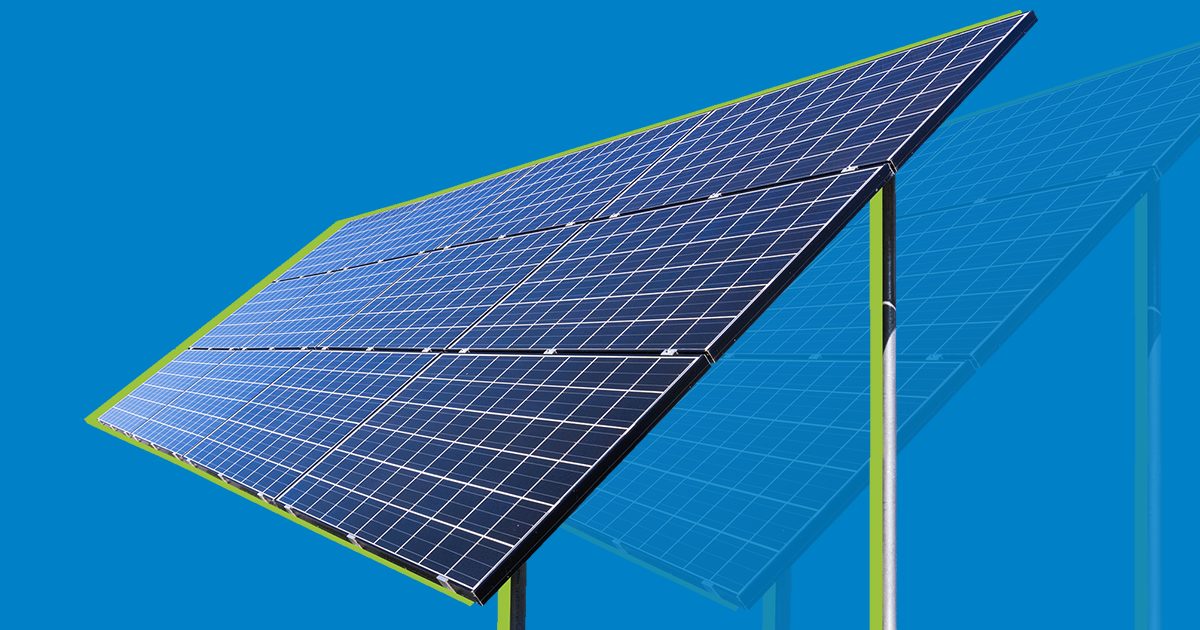Clean Energy Permitting Reform
Let’s Reform America’s Clean Energy
Permitting Process
We need to speed up the pace at which we build and connect new clean energy projects

The Benefits of Clean Energy Permitting Reform
Necessary to meet America’s climate goals
Permitting reform is critical if we’re going to make the clean energy transition happen fast enough to meet our climate targets. If we don’t start building clean energy infrastructure faster, we will only achieve about 20% of the potential carbon pollution reduction from climate policy that is already in place (specifically, the Inflation Reduction Act of 2022).
Removes a backlog of clean energy projects
Most of the new infrastructure proposed in the U.S. is now for clean energy, so making permitting easier will largely benefit clean energy projects. Reports from Lawrence Berkeley National Laboratory find that in 2021, 85% of new energy capacity was clean energy. More than 92% of new energy projects currently awaiting permits are solar and wind, and just 7.5% are natural gas.
Creates jobs in rural areas
New clean energy projects rely on building new long distance transmission lines, a process which currently takes 10 years on average. Wind and solar farms will be built in rural areas that have abundant sun and wind. These projects will bring economic benefits and jobs to those rural areas.
Improves air quality in disadvantaged communities
In frontline communities, lives are already being lost due to pollution from fossil fuels. Climate policy already in place (specifically, the Inflation Reduction Act of 2022) could prevent up to 180,000 premature American deaths over the next decade by reducing air pollution. Permitting reform will allow us to fully realize the potential emissions cuts from that policy. That means preventing thousands more premature deaths, mostly in disadvantaged communities near sources of pollution.
Clean Energy Permitting Reform 101: What is permitting reform?
Just like you need a building permit to expand your home, big energy projects must get written approval from local, state, and/or federal authorities to start construction. Permitting is important, but it adds hefty time and expense to projects of all kinds. Permitting reform is critical if we’re going to make the clean energy transition happen fast enough to meet our climate targets.
There are two key parts to successful energy permitting reform:
1. Siting/building clean energy projects
Right now, it takes an average of 4.5 years for federal agencies just to complete environmental impact statements for major energy projects. These are important assessments, but we need them to move faster and speed up the pace with which we build new clean energy projects.
2. Transmitting that clean energy across the country
In the past decade, the U.S. has expanded our electricity transmission infrastructure at a pace of just 1% per year. We’ve got to speed up the pace with which we build and connect new transmission lines. Ultimately, we need to triple our current capacity to transmit clean electricity by 2050.